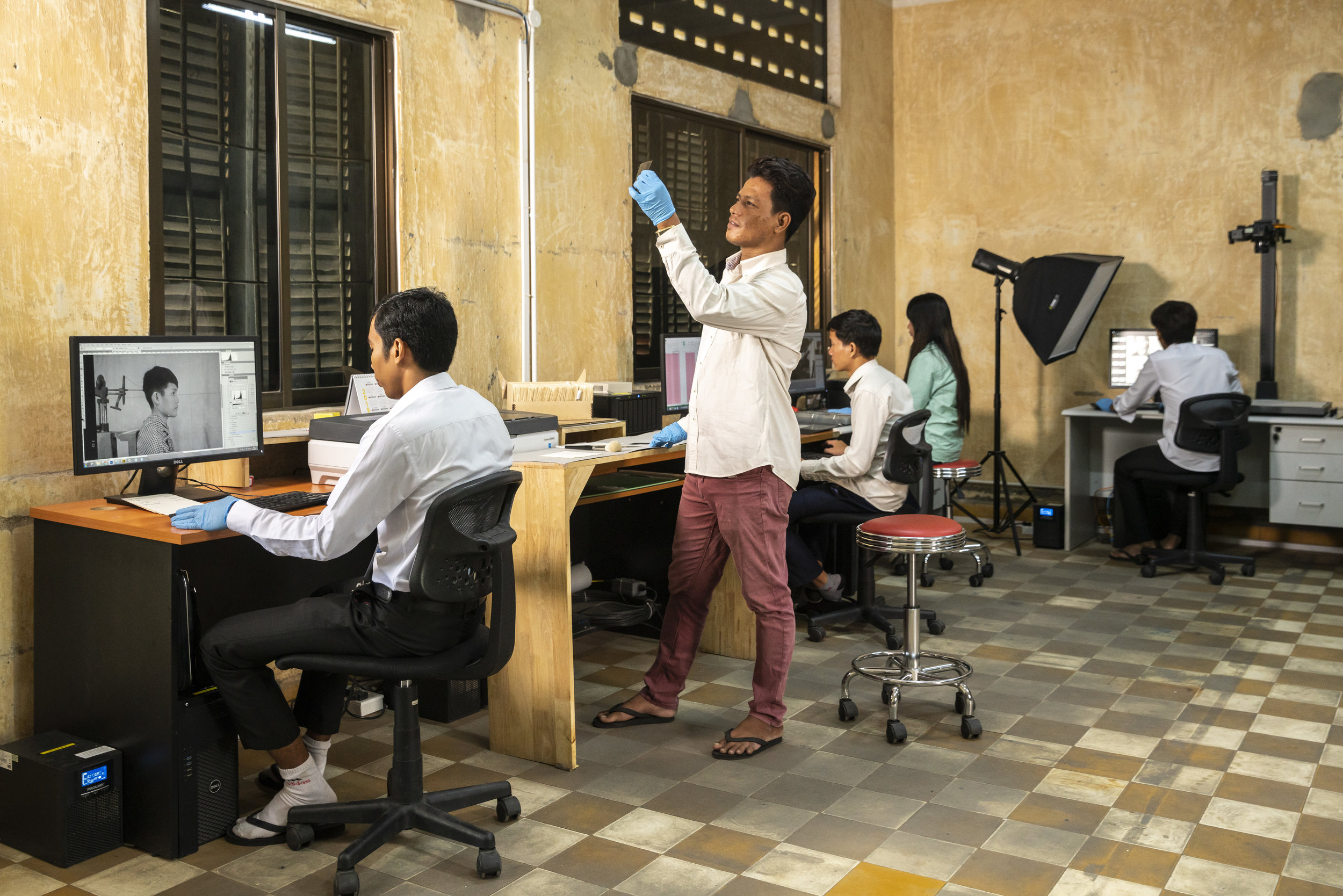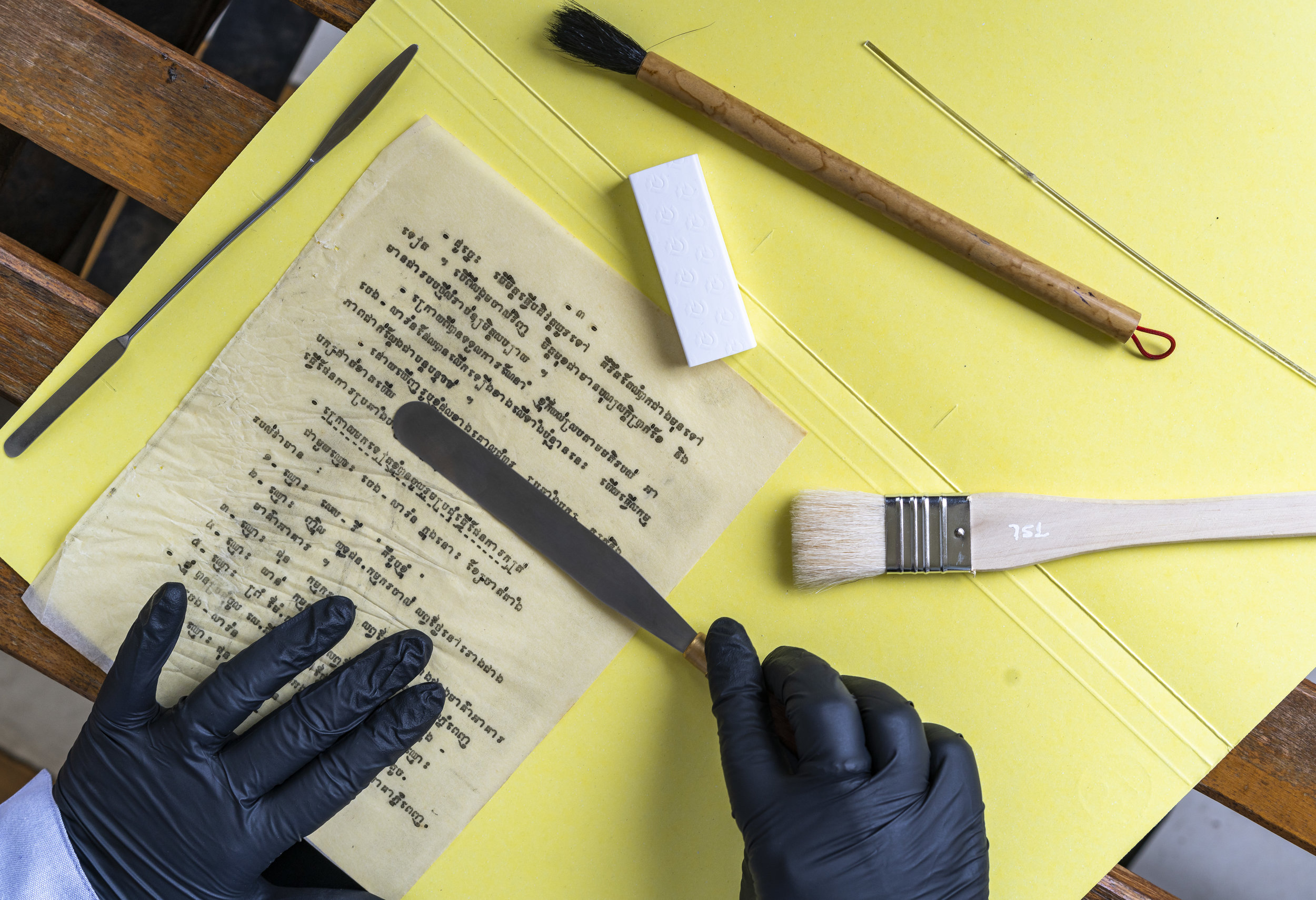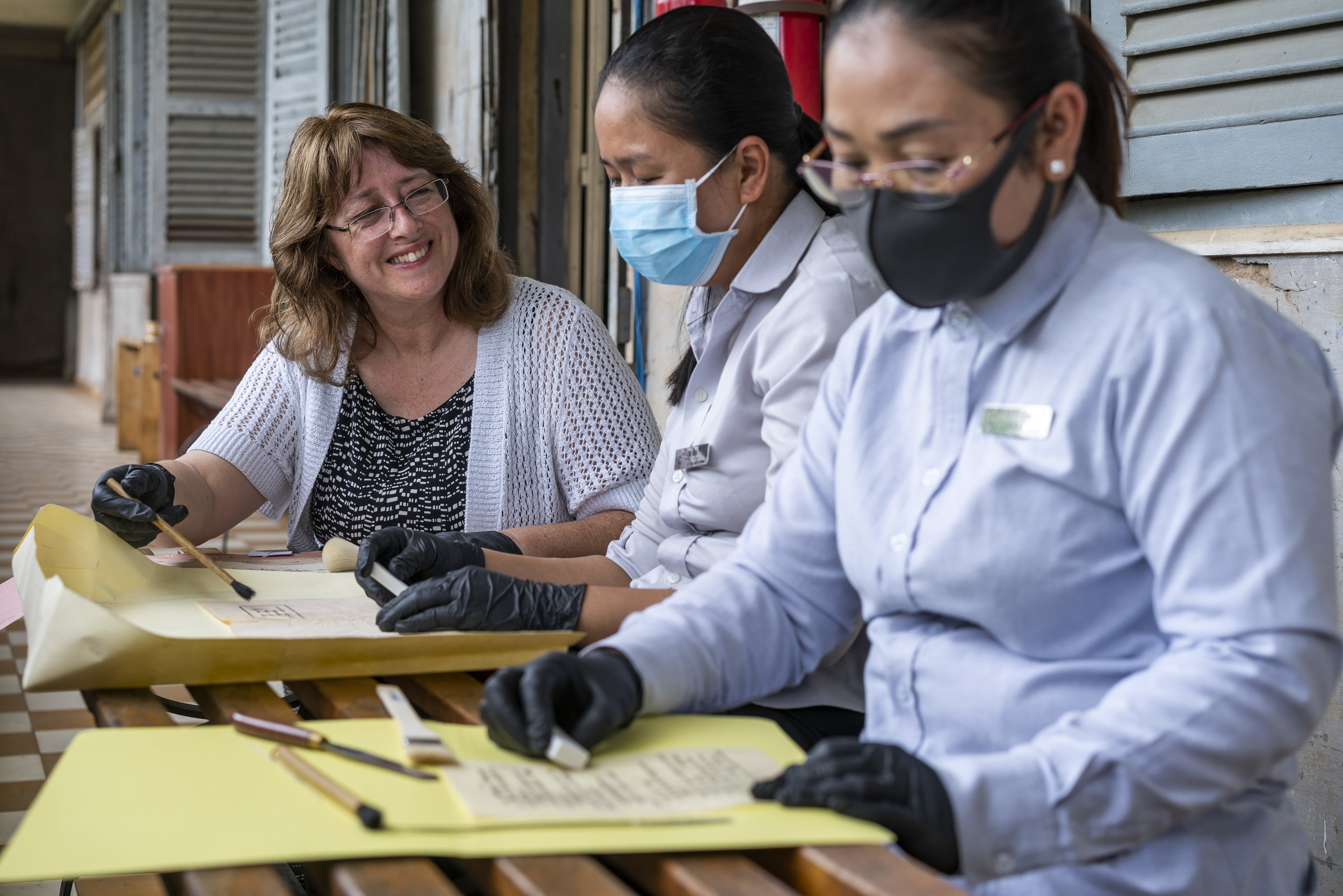I had the pleasure of shooting documentary stills this month for Digital Divide Data. The approach was a mix of staged and documentary photography for DDD’s future publications and websites -
“DDD delivers digital content, data, and research services to clients worldwide including research institutions, cultural heritage organizations, nonprofits, NGOs and commercial enterprises”.
DDD train students to work as researchers and image/document archivists. Their Cambodia head office and training center is based in Phnom Penh. There are also several rooms at Tuol Sleng Genocide Museum dedicated to archiving the images and documents that survived the reign of terror during the Khmer Rouge era of 70s Cambodia. Below are a few examples from the images I shot over the two days.























